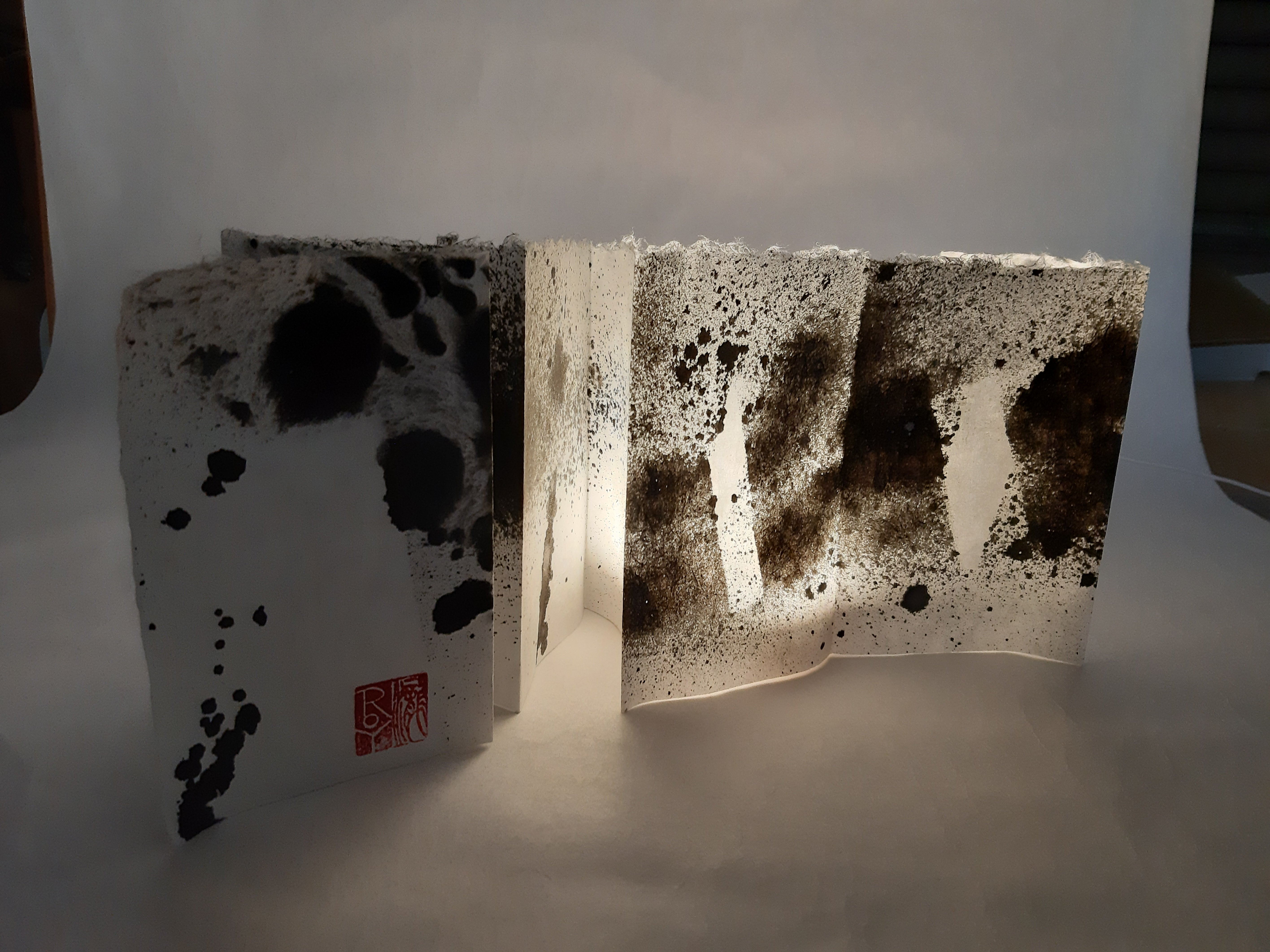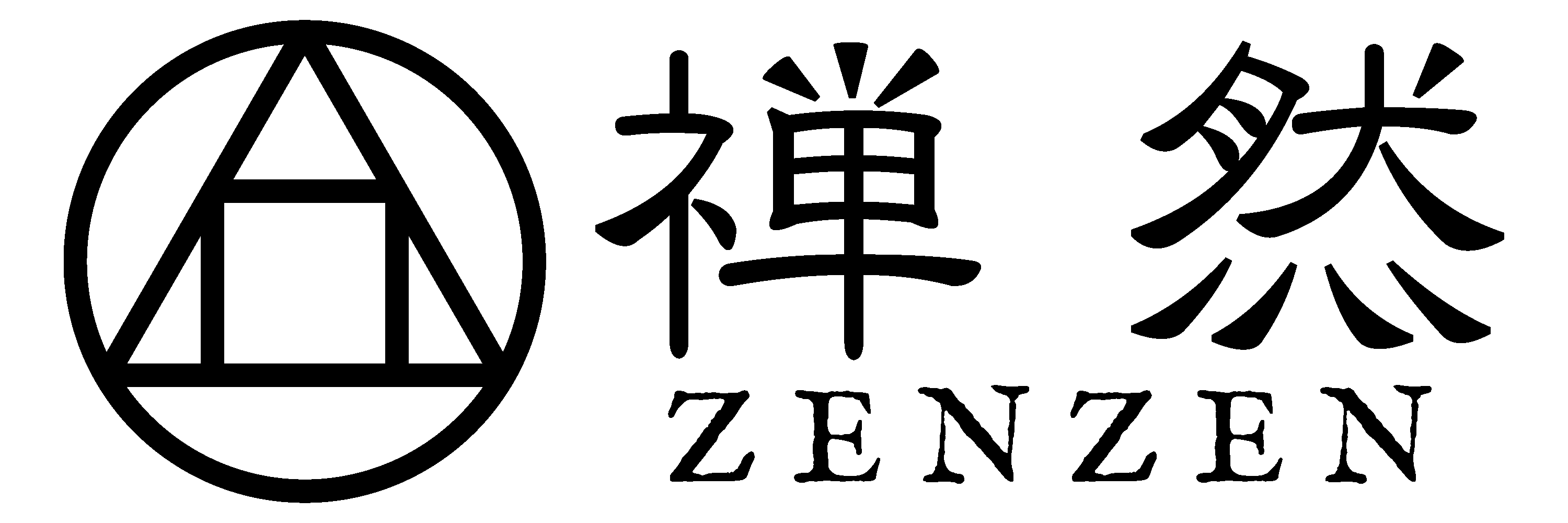
Exploring Zen and Art: A Harmonious Connection
Introduction
Zen, with its profound philosophy and minimalist aesthetics, has captivated people worldwide. It is not merely a spiritual practice but a way of life that deeply influences various forms of art. At the heart of Zen lies the principle of stripping away the unnecessary to focus on the essential. This approach has inspired countless artistic expressions, from traditional Japanese ink paintings to modern minimalist designs. In this article, we explore how Zen philosophy intertwines with art, shaping its forms, techniques, and meanings, while offering a unique perspective on appreciating simplicity and mindfulness.
Key Points
Zen’s Influence on Art
Zen philosophy emphasizes living in harmony with nature and valuing each fleeting moment. This ethos profoundly influences artistic practices, particularly in Japanese traditions such as sumi-e (ink painting) and Zen painting. These art forms prioritize simplicity and clarity, relying on clean lines and the strategic use of negative space to convey profound meaning. This "less is more" approach challenges viewers to focus on the essence of the work, prompting introspection and offering a calming experience. Beyond visual arts, Zen principles also appear in tea ceremonies, ikebana (flower arranging), and bonsai cultivation, where the blending of aesthetics and mindfulness creates immersive experiences.
The Techniques and Aesthetics of Zen Art
One of the defining features of Zen art is the concept of "ma" or the space between. This principle encourages the viewer to appreciate not just the elements of the artwork but also the spaces that surround and connect them. In sumi-e, for example, each stroke is deliberate, emphasizing balance and the flow of energy.
An essential characteristic of Zen art is its representation of light and shadow through the interplay of ink and blank space. The ink’s dark tones evoke shadows, while the untouched areas symbolize light. Observing this interplay helps us perceive duality and harmony. Seeing light invites us to acknowledge shadow, and seeing shadow leads us to appreciate light. This duality reflects Zen’s emphasis on mindfulness, guiding us to embrace the present moment with all its contrasts and nuances.
Zen’s Relevance in Contemporary Art
Zen principles have also found their way into modern art, particularly in minimalist and installation art. These works often incorporate simplicity, balance, and the strategic use of space, evoking Zen’s philosophical roots. Western artists, inspired by Zen, have adopted its values to create pieces that encourage reflection and connection. From serene architectural designs to abstract visual compositions, Zen's impact continues to shape modern aesthetics.
An example is the use of natural materials and uncluttered design in contemporary architecture, which often mirrors Zen-inspired spaces. These environments are designed not just to be functional but to encourage mindfulness and stillness.

Real-Life Examples and Case Studies
Example 1: Sumi-e – The Zen Aesthetic in Ink Painting
Sumi-e, or Japanese ink painting, is one of the most striking examples of Zen philosophy expressed through art. By using just black ink and water, artists create landscapes, plants, or animals that seem alive with energy. A signature aspect of sumi-e is the extensive use of blank space, symbolizing "mu" or the void, a key concept in Zen. This void is not empty; rather, it is filled with potential and balance, inviting viewers to engage with what is left unsaid. By contemplating the harmony between the ink strokes and the untouched paper, one can feel a connection to Zen’s principles of simplicity and mindfulness.
Example 2: Architecture Reflecting Zen Philosophy
Zen's influence extends beyond traditional arts into the realm of modern architecture. The work of Japanese architect Tadao Ando exemplifies this fusion of Zen and design. His creations, such as the Church of the Light, emphasize light, shadow, and the minimalist use of materials. These spaces provide more than functionality; they create environments where visitors can feel a sense of peace and reflection. By integrating natural light and carefully constructed forms, Ando’s buildings allow individuals to experience "the present moment" in its fullest, embodying the core of Zen practice.
A Unique Perspective: Bringing Zen Art into Daily Life
The philosophy of Zen and its manifestation in art is not confined to galleries or temples—it can also enrich our daily lives. By engaging in Zen-inspired artistic practices, such as creating ink paintings or arranging flowers, one can cultivate mindfulness and clarity. The process of creating art in a Zen manner emphasizes the journey rather than the end result, offering a chance to connect deeply with the present moment.
Our curated selection of Oriental art supplies makes it easy to explore Zen art from the comfort of your own home. Whether you are a seasoned artist or a beginner, experimenting with sumi-e techniques or minimalist designs can provide a refreshing escape from daily stress.
Japanese minimal art, rooted in Zen, embodies the essence of mindfulness. Through the interplay of light and shadow, ink and blank space, Zen art helps us navigate the dualities of life and find harmony within. By embracing these principles, you can bring a sense of calm and clarity into your everyday routine while appreciating the profound beauty in simplicity.

〇 △ ▢ 〇 △ ▢ 〇 △ ▢ 〇 △ ▢ 〇 △ ▢ 〇 △ ▢ 〇 △ ▢ 〇 △ ▢
禅と芸術の調和を探る
はじめに
禅(Zen)は、その深遠な哲学とミニマリスト的な美学で世界中の人々を魅了してきました。それは単なる精神的な修行ではなく、生活そのものに深く影響を与える思想でもあります。この考え方は、日本の伝統的な水墨画から現代のミニマルデザインに至るまで、多様な芸術表現に影響を与えています。禅の本質である「不要なものを削ぎ落とし、本質に向き合う」というアプローチが、どのようにして芸術に反映され、その形や技法、意味を形作っているのかを探ります。そして、シンプルさやマインドフルネス(今この瞬間を意識すること)への新しい視点を提案します。
主なポイント
禅が芸術に与えた影響
禅の哲学は、自然との調和や、瞬間瞬間を大切にする精神を強調しています。この思想は、特に日本の伝統的な水墨画や禅画などの芸術に大きな影響を与えています。これらのアートは、シンプルさと明確さを重視し、クリーンな線や余白を巧みに活用することで、深い意味を持たせています。この「少ないほど豊かである」というアプローチは、鑑賞者に作品の本質に集中することを促し、自己内省や静寂を体験させます。また、茶道、生け花、盆栽といった伝統文化も、禅の精神を取り入れており、「美」と「精神性」の融合を象徴しています。
禅アートの技法とその美学
禅アートの特徴の一つに、「間(ま)」、つまり空間を重視する考え方があります。この概念では、作品の要素だけでなく、それを取り囲む空間や余白にも価値を見出します。例えば、水墨画では、一筆一筆が慎重に描かれ、動きと静けさが同時に表現されています。
禅アートにおける重要な要素は、墨と余白の対比による光と影の表現です。墨の濃淡は影を、余白は光を象徴します。この対比を見ることで、鑑賞者は光と影の関係を深く感じ取ります。光を見ると影を感じ、影を見ると光を意識する。この相反する要素の調和は、禅の哲学における「今この瞬間を生きる」という考え方と密接に結びついています。鑑賞者は、この二元性の中に静寂を見出し、自身の内面と向き合うことができるのです。
現代アートにおける禅の応用
禅の原則は、現代アートにも広く取り入れられています。特にミニマルアートやインスタレーションアートにおいて、禅のシンプルさや調和、空間の利用が反映されています。西洋のアーティストもまた、禅の価値観を採用し、自己反省や観察を促す作品を生み出しています。静謐な建築デザインや抽象的なビジュアル作品などに見られるように、禅の影響は現代の美学を形作り続けています。
例えば、自然素材やシンプルなデザインを取り入れた現代建築は、禅的空間を再現しています。これらの空間は単なる機能性だけでなく、マインドフルネスや静寂を促す目的も果たしています。
具体例とケーススタディ
例1: 水墨画に見る禅の美学
水墨画(Sumi-e)は、禅の哲学を視覚的に表現する最も象徴的な芸術形式の一つです。墨と水のみを使用して、風景や植物、動物がまるで生きているかのように描かれます。この作品では、広く残された余白が「無(mu)」を象徴しています。この「無」は空虚ではなく、潜在的な可能性や調和を秘めています。墨の筆遣いと未使用の紙の間にあるバランスを鑑賞することで、禅の「シンプルさ」と「今この瞬間を意識する」精神に触れることができます。
例2: 建築における禅の哲学
禅の影響は、伝統芸術だけでなく、現代建築の分野にも広がっています。日本の建築家、安藤忠雄の作品は、その代表例です。彼の手掛けた「光の教会」などの建築物は、光と影、そしてミニマルな素材使いが特徴です。これらの空間は、単なる建築物以上の存在であり、訪れる人々に平穏と内省の機会を与えます。自然光や精巧に設計された形状を通じて、人々は「今この瞬間」に完全に存在する感覚を味わうことができるのです。
ユニークな視点: 禅アートを日常生活に取り入れる
禅の哲学は、芸術を通じて日常生活に取り込むことが可能です。たとえば、水墨画や花のアレンジといった禅アートを自分で体験することで、マインドフルネスや精神の明確さを養うことができます。禅アートのプロセスは、結果よりもその過程を大切にするため、日々のストレスから解放される時間を提供してくれます。
私たちの厳選された東洋画材を使えば、自宅で禅画や水墨画を楽しむことができます。初心者でも経験豊富なアーティストでも、これらの技法に挑戦することで、心を落ち着かせ、日常から離れる機会を得られるでしょう。
日本発信のミニマルアートは、ZENやマインドフルネスの要素を体現しながら、日常の思考整理やリフレッシュにも役立ちます。墨と余白、光と影が織りなす調和の美しさを通じて、忙しい日常の中に静寂と安らぎを取り入れてみてはいかがでしょうか?

